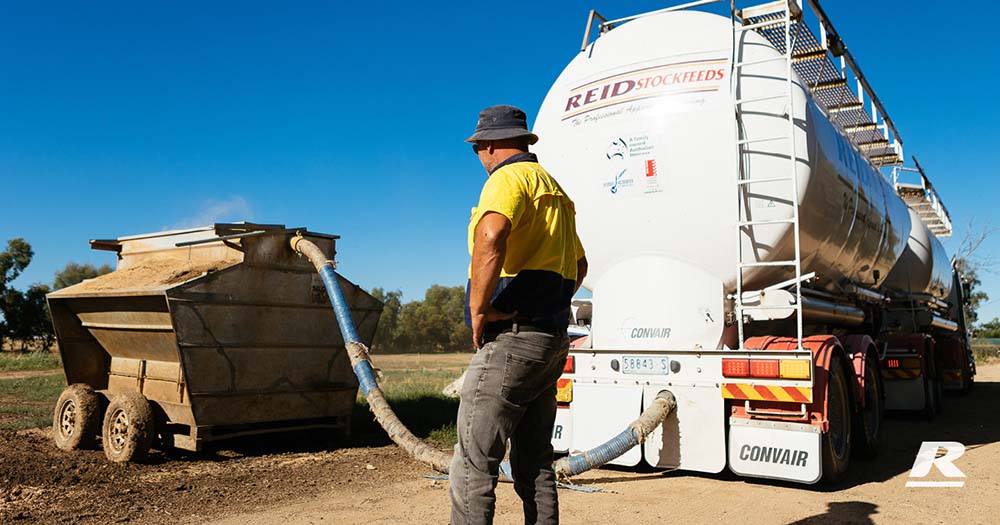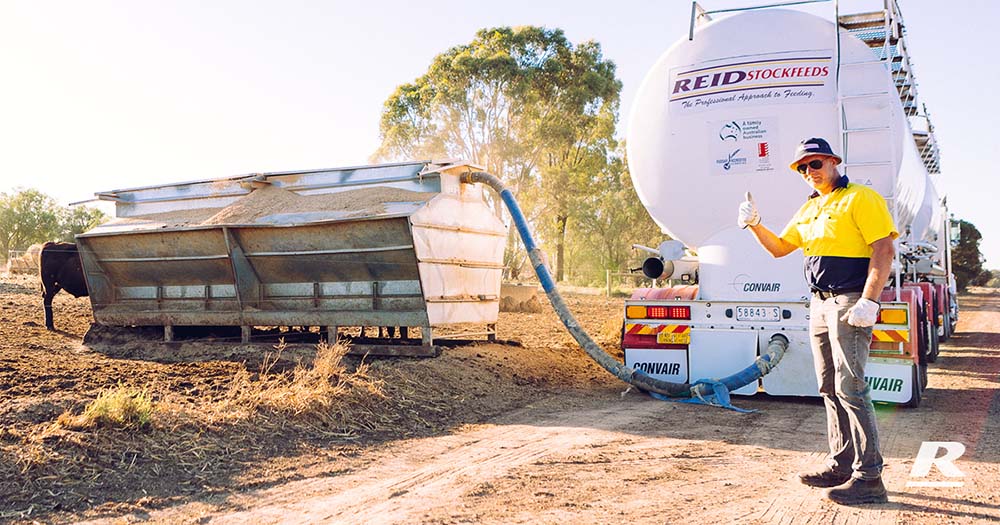Ten tips to ensure safe access to your farm for heavy vehicles
Agriculture makes up only 2% of Victoria’s workforce, but 14% of workplace deaths.”
Source: WorkSafe Victoria: April 2023
All primary producers, whether an employer or self-employed, have a legal responsibility to ensure that they provide a safe working environment. Anyone who enters a farm, whether as a full-time employee, a casual worker, a contractor, a truck driver or just a visitor, has the right to be protected from any hazard that may exist.
As a result, it’s essential to ensure that any hazards and risks are identified and that effective procedures are implemented to assess and control these hazards and risks.
Here we have included a checklist for you to use as a starting point when assessing access to your farm so people making deliveries can enter and leave the farm safely, and without risk to their health.
Do you have?
- Correct details and relevant signposting at the entry of your property? This makes it for easy for identification for all deliveries including stockfeed, fodder, farm supplies, milk pickup and any other transport conducting business with you.
- A safe and accessible entrance for heavy vehicles turning in and out of properties, and onto public roads?
- Are your driveways maintained regularly to eliminate potholes and reduce mud build up? If not, this may cause a vehicle to slip off a track, get bogged or cause mechanical damage.
- Turnarounds that are free from clutter?
- Areas where a vehicle needs to be parked for delivery purposes?
- Power lines and signage to indicate where they are (Look Up And Live Signs)?
- Good housekeeping around silos? Are they free from holes and mud and level for unloading especially tippers? Are silo ladders far enough above the ground to be out of reach of children?
- Do you think about planning to prevent trip and slip hazards, specifically in wet conditions?
- Do you keep sales teams or schedulers informed of any changes or updates to silos to eliminate the risk of wrong deliveries?
- Do you ask for support from suppliers or safety experts as required to help with on farm safety, including risk assessments?
Summary
Always check your farm for hazards and risks that may cause an injury or death to yourself, your family, friends or employees. Where you can’t eliminate risks to health and safety, reduce the risks so far as is reasonably practicable. Do not become complacent. Always keep risks front of mind no matter how experienced you are.
Source: WorkSafe Victoria: April 2023
To increase your livestock farming gains & expert nutritional feeding advice please call 1300 REID FEED or enquire here >
Author
Andrew Fenton
Group Safety & Environment Officer

